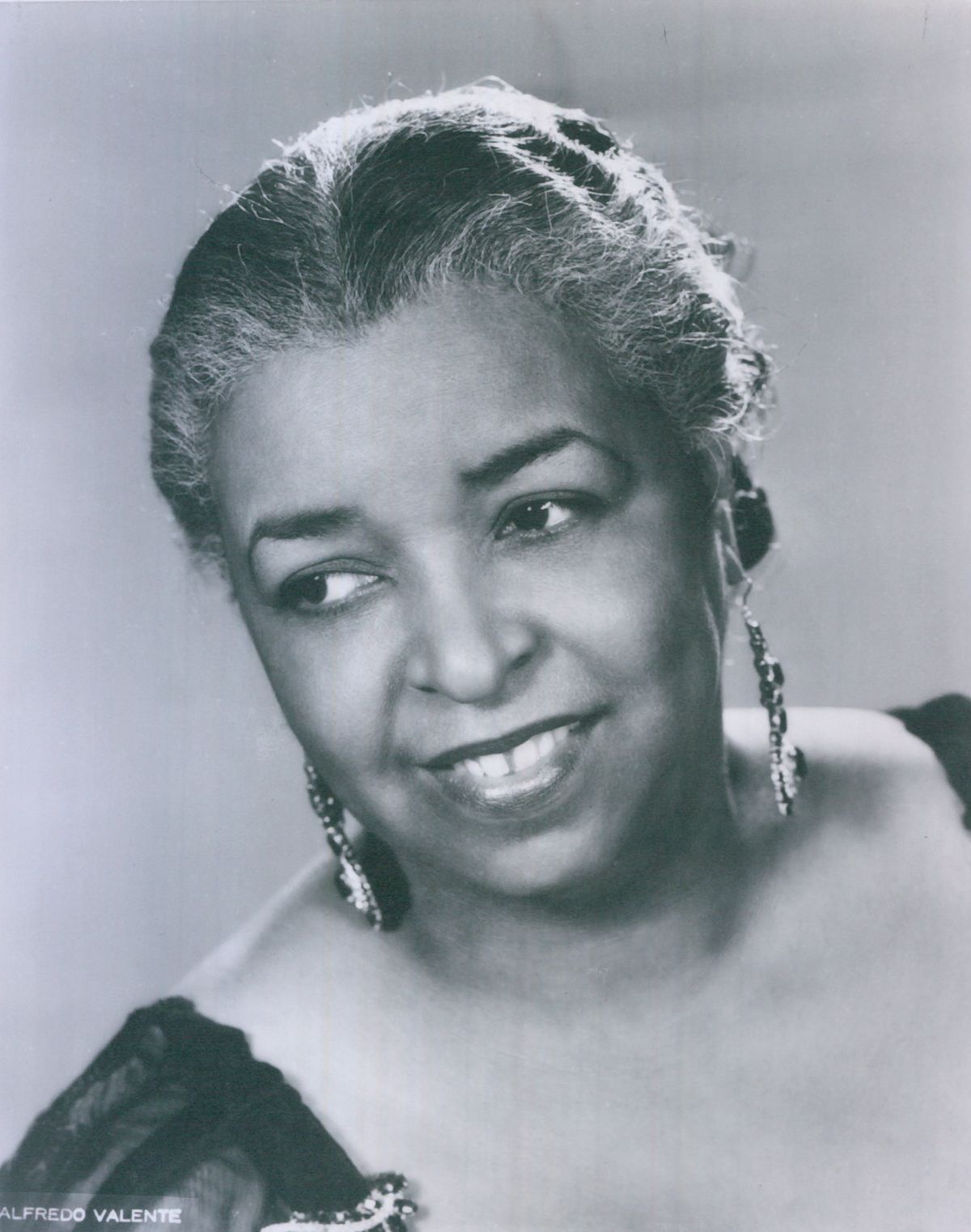Ethel Walters was a force of eminence, yet most Black teenagers don’t know who she was. The majority of ASB and Black Student Union presidents typically focus on icons such as Dr. Martin Luther King Jr, Rosa Parks, Malcolm X, Harriet Tubman, and Frederick Douglass. We have grown accustomed to the reliable narratives of Black leaders whose stories represent the sacrifice that go along with our collective struggle for equality. In our view of history, we know the activists who were thrown into jail during copious times, beaten, harassed by the Klu Klux Klan, given death threats, suffocated with tear gas from protests, and those who had to evade the law. They were portrayed as radicals just for trying to make change and many sacrificed their lives and never got to see the fulfillment of their hard work as their lives were abruptly ended.
However, it is important to realize the lesser told stories, like that of Ethel Waters. She was the First Black woman to blend and mix theater in an assured manner, by bringing shade, tint, and pigment to the scenes she performed in. She brought in common lightness, familiar faces, accepted skin tones, and established different complexions in the art of drama. Starring in the Broadway musical “As Thousands Cheer”, Waters became one of the highest paid actresses on Broadway during her time. Her showmanship and dramatic art created film appearances like “Cabin the Sky.” She was the second Black woman to be designated and proposed for an Academy Award, the first Black woman to star in her own television show, and the first Black woman to be approved or suggested for a primetime Emmy. While accepting her awards, she was also executive council of Actors Equity and the Negro Actors Guild of America.
Waters opened the door for the aesthetic of Black beauty that we see flourishing in today’s Black entertainment scene. The matter of being portrayed in the media in a way that authentically represents the variety in hue is an important component to how Black people are seen around the world, especially in the face of colorism and dominating Eurocentric beauty standards. Many Black Americans fought for racial equity in different ways through their art.
As the school year starts and Black Student Unions and ASB groups begin to meet, student leaders should try to reach for different cultural perspectives in our American history to see just how our story has unfolded through the years. A recommendation is to create a challenge to discover unsung heroes who have had influence and made accomplishments, even through adversity.
